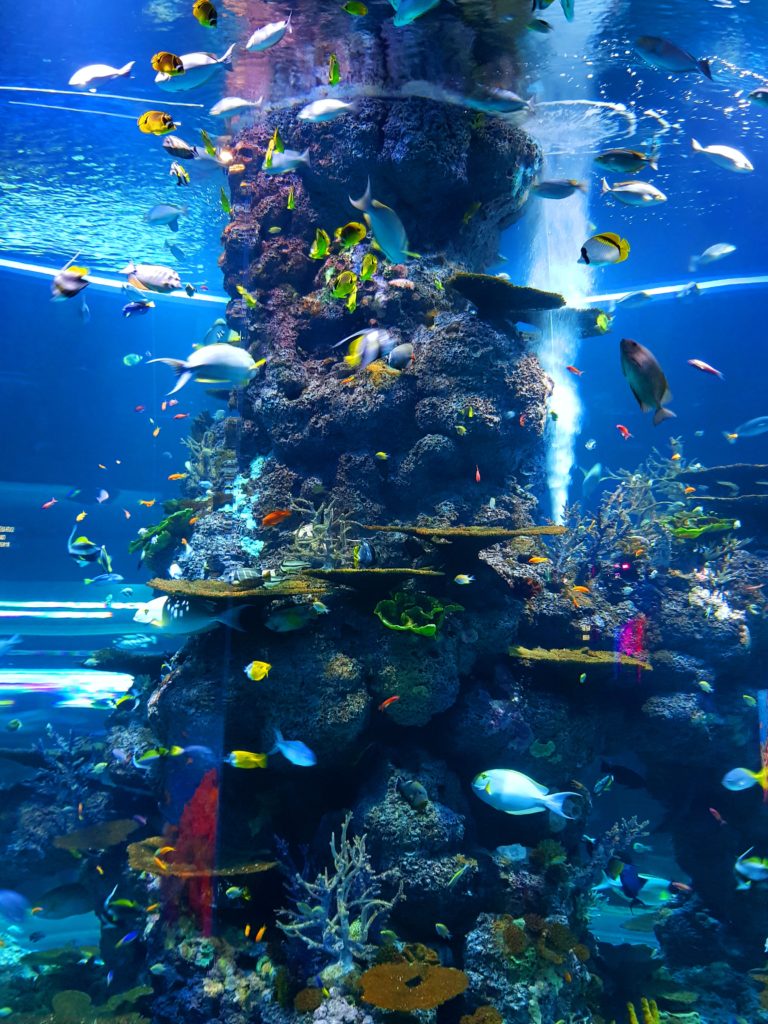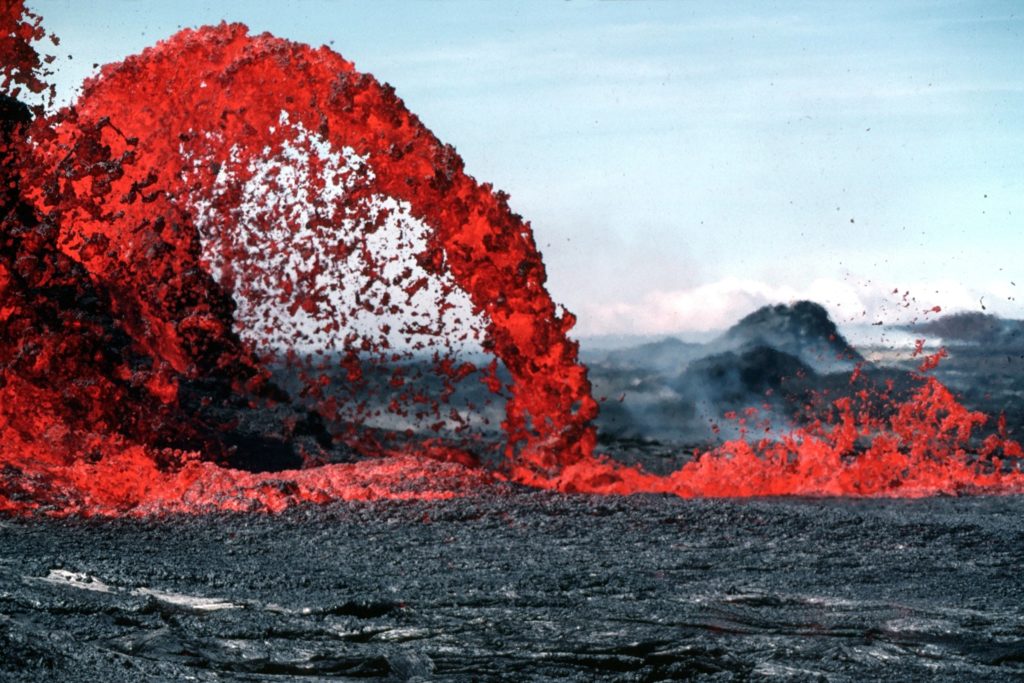A submarine volcano in seven thousand feet of water, 300 miles off the coast of Oregon, may have grown to an underwater elevation of 2,000 feet off the ocean floor. Named by scientists “Axial Seamount”, the underwater volcano is thought to have also erupted in 1998 and 2011.
The Juan de Fuca plate and ridge are important bits of geology between Portland and the eruption. These features are further out to sea than the infamous Cascadia Subduction Zone. 20 miles off the coast of Oregon, the 1700 Cascadia earthquake caused tsunamis in Japan, lowered Cascade forest into tidal swamps, and may have caused waves 60 feet high.
Between the Cascadia fault and Axial Seamount lies the Juan de Fuca plate, one of the Earth’s smallest plate remnants. At some point in our geologic future, the subduction of the Juan de Fuca plate under the Cascadia Subduction Zone will violently tilt the remainder of the plate upwards, which could cause a Tsunami of epic proportions.
The Juan de Fuca Plate is a small oceanic tectonic plate in the northeastern Pacific Ocean, off the coasts of Oregon, Washington, and British Columbia. The plate is bounded to the west by the Pacific Plate, to the north by the Explorer Plate, to the east by the North American Plate, and to the south by the Gorda Plate. The Juan de Fuca Plate is a spreading plate, meaning that it is created at a mid-ocean ridge. The Juan de Fuca Ridge is located along the western edge of the plate, and it is where new oceanic crust is created.
Axial Seamount is a submarine volcano located on the Juan de Fuca Ridge, approximately 480 km (298 mi) west of Cannon Beach, Oregon. Standing 1,100 m (3,609 ft) high, Axial Seamount is the youngest volcano and current eruptive center of the Cobb–Eickelberg Seamount chain. Located at the center of both a geological hotspot and a mid-ocean ridge, the seamount is geologically complex, and its origins are still poorly understood.
The Juan de Fuca Plate and Axial Seamount are important features in the Pacific Ocean. The plate is a major source of earthquakes and tsunamis, and the seamount is a unique ecosystem that supports a variety of marine life.
Here are some new findings about the Juan de Fuca Plate and Axial Seamount:
- In 2015, a team of scientists from Oregon State University and the University of Washington discovered that Axial Seamount is more active than previously thought. The team found that the volcano erupts on average every 16 years, and that the last eruption occurred in 2011.
- In 2016, a team of scientists from the University of Washington and the Monterey Bay Aquarium Research Institute discovered that Axial Seamount is home to a unique ecosystem of hydrothermal vents. The vents release heat and chemicals from the Earth’s interior, and they support a variety of bacteria and other organisms.
- In 2017, a team of scientists from the University of California, Santa Cruz and the University of Oregon discovered that the Juan de Fuca Plate is moving faster than previously thought. The team found that the plate is moving at a rate of about 6 cm per year, which is faster than the rate of plate motion in most other parts of the world.
These new findings are important for understanding the geology and biology of the Juan de Fuca Plate and Axial Seamount. They also help us to better understand the risks of earthquakes and tsunamis in the Pacific Northwest.


